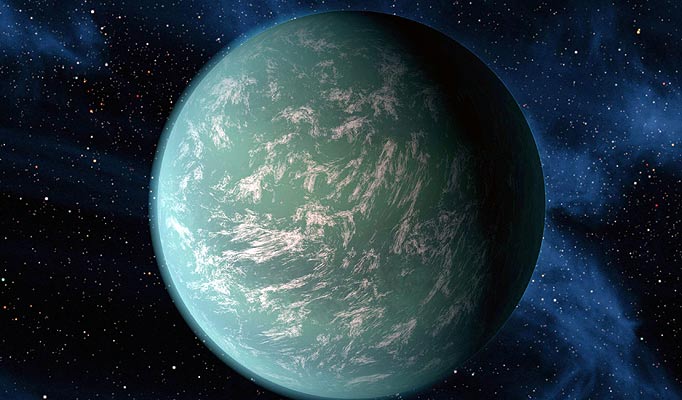A mere 600 light years away, NASA astronomers have discovered the first earth-like planet with the potential living conditions to sustain life. That’s right nonbelievers, it’s time to consider that us earthlings are not alone.
NASA’s Kepler team announced the discovery last December, and suggested that another 1,094 candidate planets have the potential to be deemed “Earth-like”.
The planet, named Kepler 22-b, spends 290 days in orbit, has an average temperature of 22 degrees Celsius (72 degrees Fahrenheit), and is roughly 2.4 times the size of the earth. Its composition has not been determined. These conditions provide the ideal recipe for a planet capable of housing water.
Though living organisms may never have evolved on Kepler 22-b, the planet’s existence suggests that environments conducive to supporting life may be plentiful in the universe. According to Niles North astronomy teacher Anthony Jackson, “There is no reason in physics, chemistry, or biology that tells us that life couldn’t exist on other planets if the conditions are right. If I had to say, I’d bet there are approximately five planets sustaining intelligent life.”
In our Milky Way galaxy it is estimated that there are about 50 billion planets, 500 million of which could be in the habitable or “Goldilocks Zone” (not too hot, not too cold). The discovery of Kepler 22-b comes amidst an unprecedented push by NASA to find these planets and compare them to our own. The vast and continuing improvements in technology have enabled such a massive search to be conducted.
“We’re not going to build a spaceship to fly there any time soon, but certainly continued telescope discoveries will be made. Finding actual evidence of life on other worlds would be a monumental discovery,” Jackson said.














